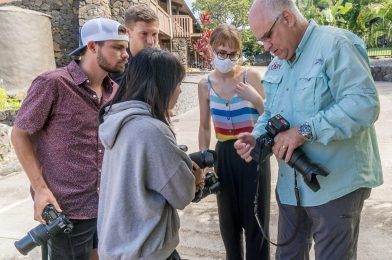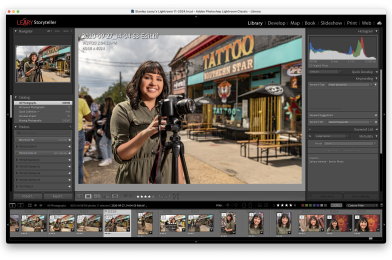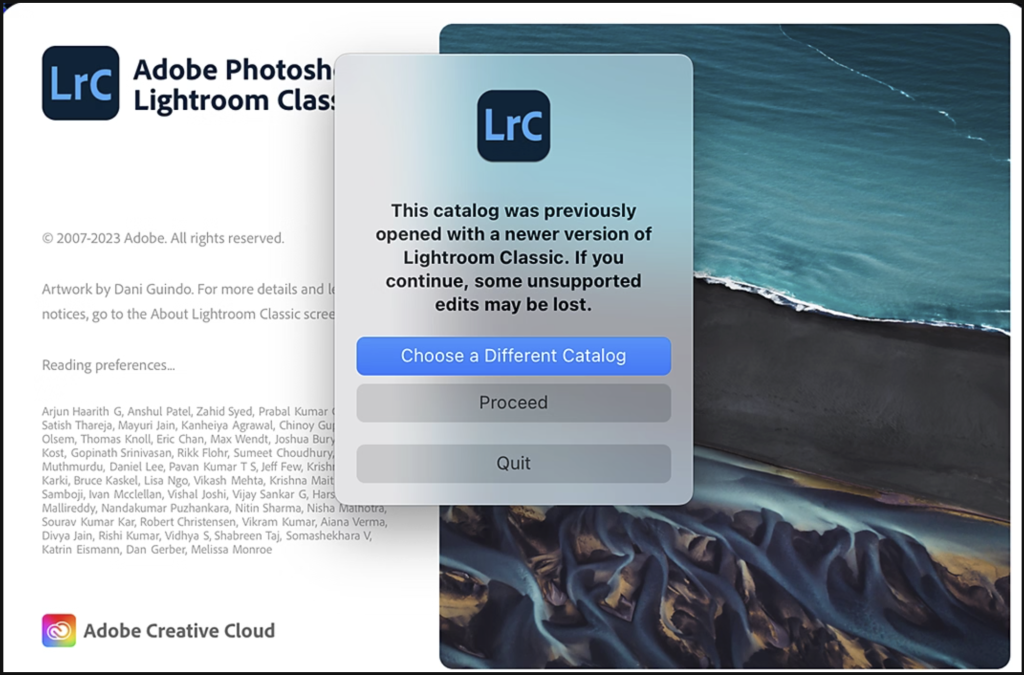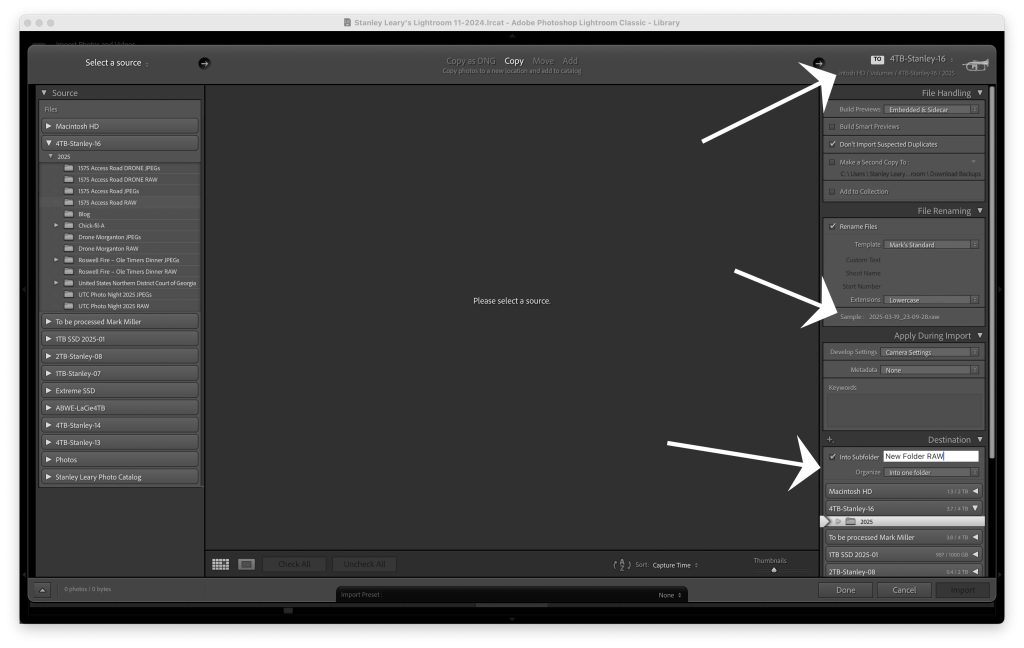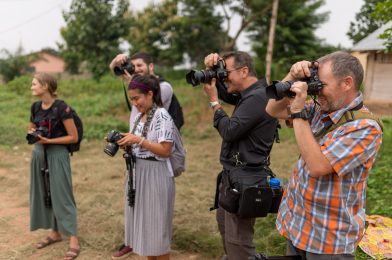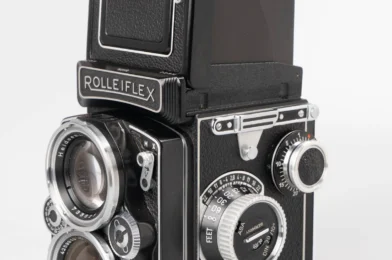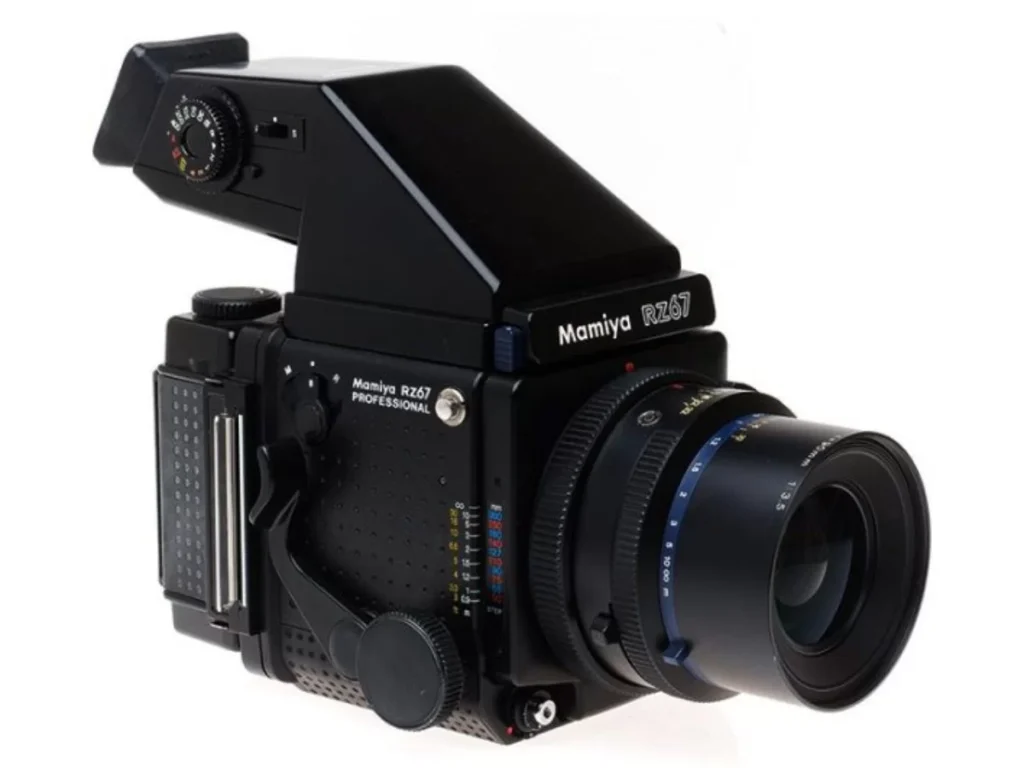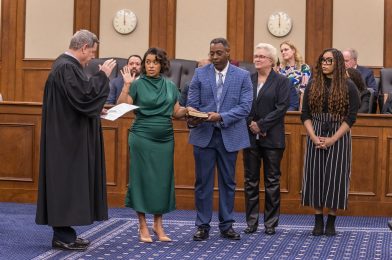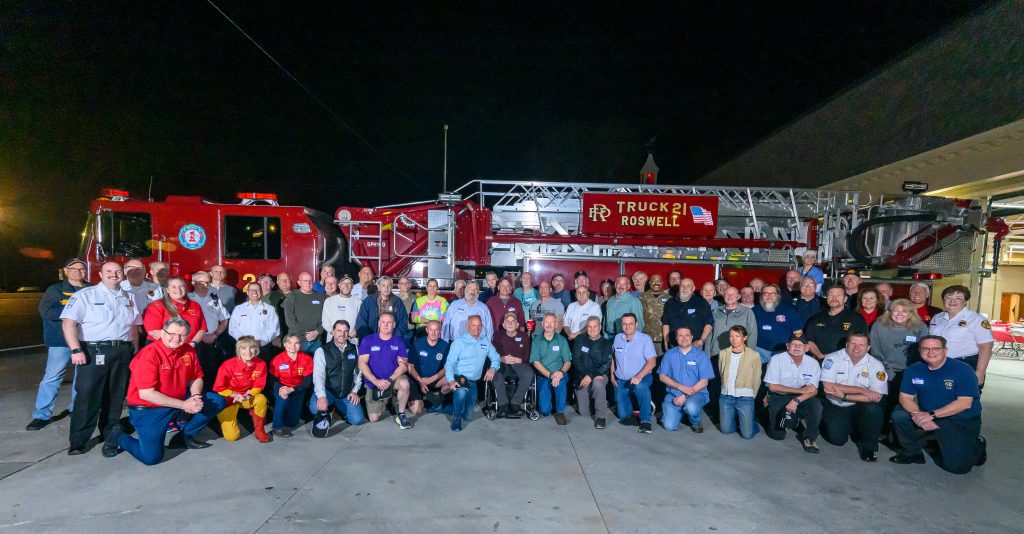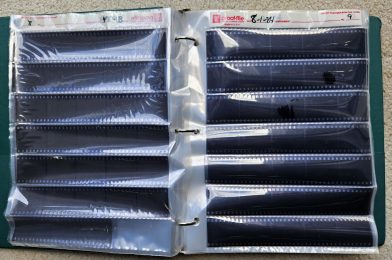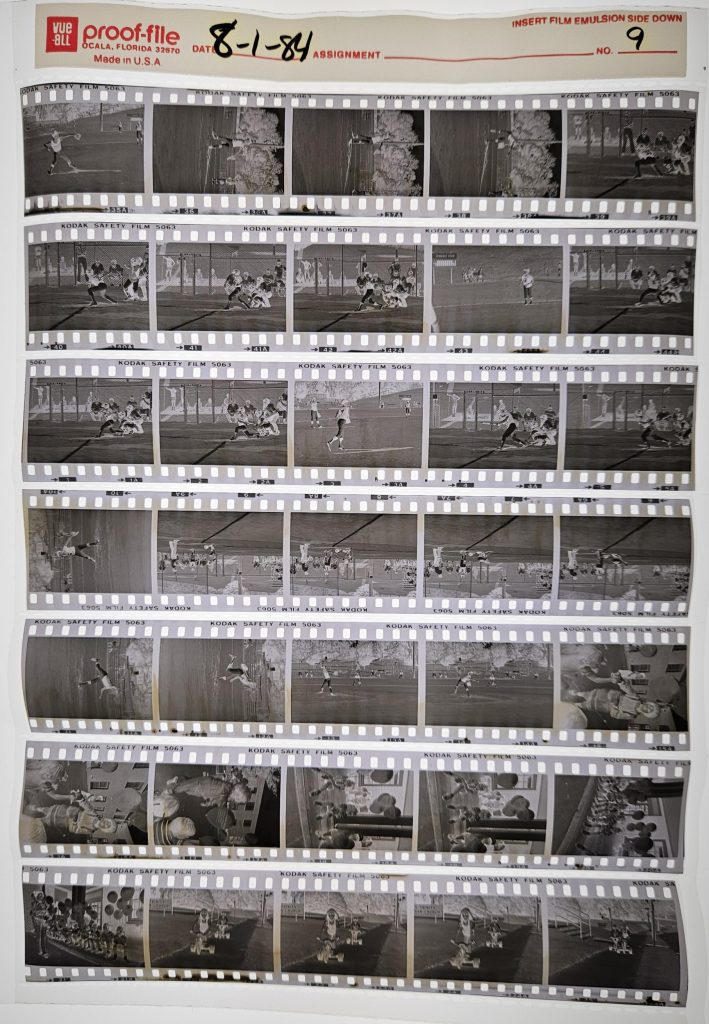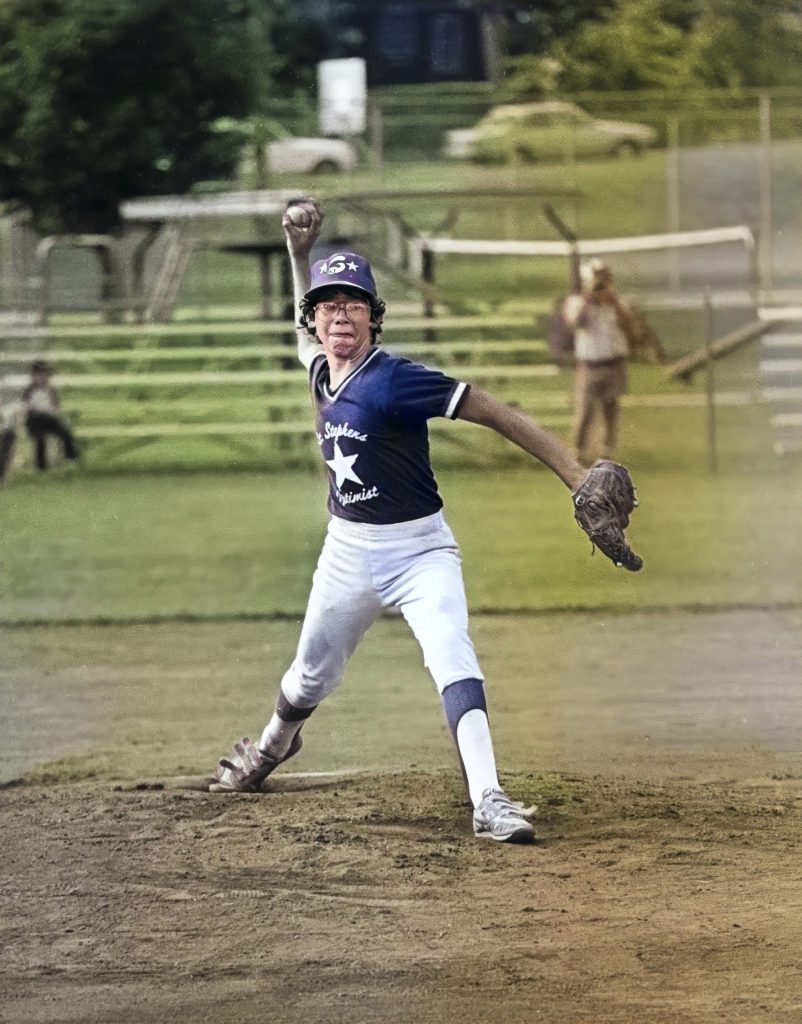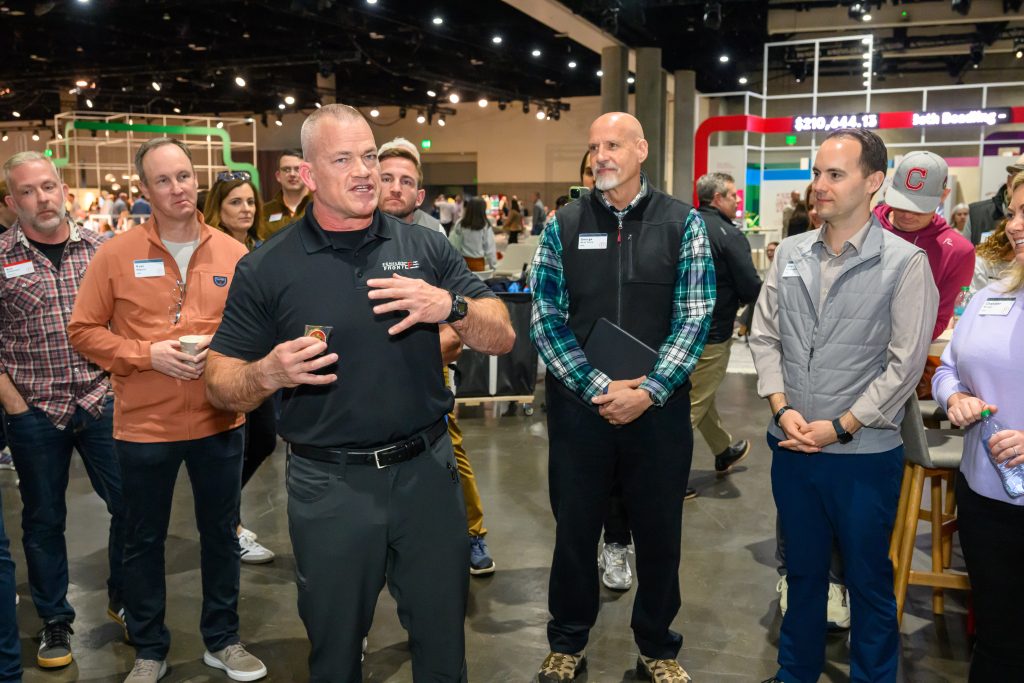Stanley teaches lighting with the YWAM School of Photography in Kona, Hawaii. Photo by Dennis Fahringer
In any field, from teaching to storytelling, mastery separates the good from the great. A master of their craft understands their subject so well that they can approach it from multiple angles, adapt on the fly, and ultimately deliver better results than someone following a script.
Why Clients Benefit from Masters of Their Craft
When you hire someone truly skilled, you’re not just paying for a service—you’re paying for insight, adaptability, and problem-solving. This is especially true in creative fields like photography, videography, and storytelling.
As a storyteller, I’ve traveled the world to capture meaningful narratives. Inevitably, something always goes wrong—weather changes, a key interview falls through, or access to a location is denied. But because I know why I’m doing the story and the goal, I can pivot and still produce a compelling final product.
True professionals don’t just execute a plan—they know how to adjust it in real-time without compromising the outcome. The same goes for teachers, consultants, designers, and leaders. When disruptions occur, those who have mastered their craft turn obstacles into opportunities.
How to Identify the Right Expert for the Job
Clients looking for a master artisan should consider the following:
- Experience Over Credentials – While degrees and certifications matter, real-world experience often speaks louder. Look for a portfolio of work that demonstrates expertise.
- Adaptability & Problem-Solving – Ask about challenges they’ve faced in past projects and how they overcame them. Their response will tell you much about their ability to think independently.
- Clear Communication – A master of any craft can explain complex ideas clearly.
- Passion for Their Work – Do they genuinely love what they do? Passion often fuels mastery and ongoing learning.
- Testimonials & Referrals – What do others say about working with them? A strong reputation is a good indicator of consistent excellence.
How to Market Yourself as a Craftsman
If you want to be recognized as a master of your craft, it’s not enough to do great work—you need to position yourself effectively. Here’s how:
- Show, Don’t Just Tell – Share case studies, behind-the-scenes stories, and examples of how you’ve solved client problems.
- Educate Your Audience – Masters teach. Share your knowledge through blogs, videos, or speaking engagements.
- Demonstrate Adaptability – Showcase how you’ve handled challenges in your work and still delivered exceptional results.
- Build a Reputation Through Consistency – Delivering great results repeatedly builds trust and credibility.
- **Engage with Your Industry—**Network, contribute to discussions, and position yourself as a thought leader in your field.
Conclusion
Mastery isn’t about knowing everything—it’s about understanding your craft so profoundly that you can adapt, pivot, and still achieve outstanding results. Clients benefit most when they hire true experts; those who dedicate themselves to mastery stand out in a crowded market. Whether hiring or positioning yourself as a professional, remember that the difference between average and exceptional is the ability to navigate challenges without losing sight of the goal.

